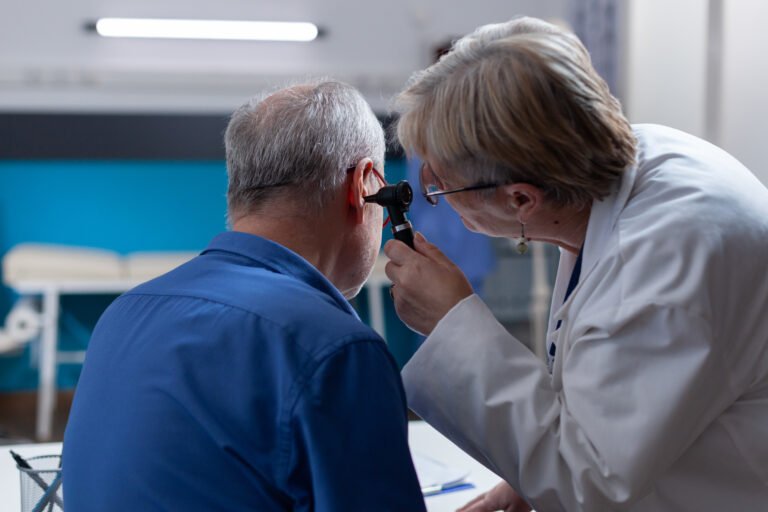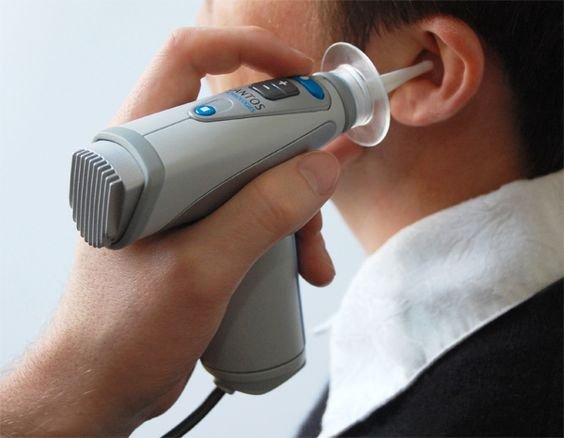Precision in Sound Exploring the World of Micro Ear Surgery.
Microear surgery, a remarkable advancement in the field of otology, has transformed the landscape of ear care by offering precision and minimally invasive solutions to a variety of ear-related conditions. This groundbreaking approach allows surgeons to navigate the intricate structures of the ear with unparalleled accuracy, ushering in a new era of treatment possibilities. In this article, we delve into the intricacies of micro ear surgery, its applications, benefits, and how it has revolutionized the management of ear disorders.
To Know More About It Please Click Here
The Evolution of Micro Ear Surgery
- Introduction to Microsurgery: Microea surgery involves the use of specialized instruments and a high-powered microscope, enabling surgeons to work with extreme precision within the small and delicate structures of the ear. This technique has evolved over the years, enhancing the accuracy and safety of various ear procedures.
- Applications in Otology: Micro ear surgery finds its application in a range of otologic conditions, including but not limited to a. Cholesteatoma Removal: Micro ear surgery is highly effective in removing cholesteatoma, a non-cancerous but potentially destructive growth in the middle ear. b. Tympanoplasty and Myringoplasty: Repairing perforated eardrums or reconstructing damaged middle ear structures can be achieved with precision through micro ear surgery. c. Stapes Surgery: Procedures to correct conditions like otosclerosis, involving the fixation of the stapes bone in the middle ear, are performed with intricate detail using microsurgical techniques.d. Cochlear Implantation: Implanting cochlear devices to restore hearing in individuals with severe hearing loss is another area where micro ear surgery plays a crucial role.
Benefits of Micro Ear Surgery
- Minimally Invasive Precision: The use of microscopes allows for magnification and illumination, enabling surgeons to visualize and work within the ear’s tight spaces with minimal disruption to surrounding tissues.
- Quicker Recovery Times: Micro ear surgery often involves smaller incisions and reduced trauma, leading to faster healing and shorter recovery times for patients.
- Preservation of Hearing: The precision offered by micro ear surgery contributes to the preservation of delicate structures, such as the ossicles and cochlea, which is vital for maintaining or improving hearing outcomes.
- Reduced Complications: The meticulous nature of micro ear surgery reduces the risk of complications, allowing for safer and more effective interventions.
Advancements in Microsurgical Techniques
- Robot-Assisted Microsurgery: Robotics technology is increasingly being integrated into micro ear surgery, providing surgeons with enhanced dexterity and precision for even more intricate procedures.
- Three-Dimensional Imaging: Advanced imaging techniques, such as three-dimensional imaging, provide surgeons with a more detailed and immersive view of the ear’s anatomy, aiding in precise planning and execution.
Conclusion
Micro ear surgery stands as a testament to the relentless pursuit of precision and innovation in the field of otology. By allowing surgeons to navigate the intricate structures of the ear with unparalleled accuracy, microea surgery has opened up new possibilities for the treatment of various ear conditions. As technology continues to advance, the future of micro ear surgery holds the promise of even greater precision, improved outcomes, and enhanced quality of life for individuals grappling with ear-related disorders.








